QuestionHello Karen,
I have had a female beta for a couple of months and she has been very active and healthy. However, within the last couple of days, she has spent all of her time either resting on the bottom of the tank or in a plant. When she is resting, she is always lying on her side, looking dead, or straight up but curled a bit. When she tries to swim, she swims funny, like she cannot use her right side. She looks healthy and this has seemed to happen very suddenly. Also, on her bottome side, right in front of her bottom fin, about where the back of her gills are, there appeared a very small, pin point sized white pimple looking thing. She is kept with two cloudfish, which are about a third of the size she is. What is wrong with her, what can I do, etc.? My six-year-old is very concerned...
AnswerHi Rachel,
hmm... sounds like your little betta may either have problems with her swim bladder or possibly some type of illness. The swim bladder is a chamber that runs about right in the middle of fish. This organ is very important as it helps them maintain their equilibrium. And if something goes wrong with it--the poor fish will have difficulty staying upright and may even swim upside down. The most common cause of this temporary condition can be many but the most frequent ones are the result of feeding too much food at one time, especially dry pellets. The dry food is quickly eat and absorbs water inside the fishes stomach, often so much that it presses against the swim bladder and causes problems. The first step in treating this is stop all dry food feedings for several days. You should also try to get her to eat a thawed green pea. Just thaw it out completely, shell it, and mash it up. You will most likely have to hand feed it to her from a blunt toothpick. The green pea will help clear up a blockage and help it pass. Pea feedings should be given about 2-3 times a day. It may take 1-2 days for her to recover fully.
To prevent this from happening in the future. You will certainly need to presoak her food before feeding it to her. And be sure to offer some variety like frozen brine shrimp and other live foods.
I am highly concerned about her water quality. You didn't mention what size tank she lives in but if the aquarium is very small... pollution might be almost her. Harsh as it sounds. Without frequent wter changes, fish will slowly suffer and are much more prone to diseases. If you haven't done a water change in more than 2 weeks, you will need to do a small one at first. To avoid shocking her system. Before you start any treatment I highly advise you to give her a water change to help her out. Pollution might be making her feel ill or could have brought on a disease as it is. Depending upon how long you haven't done a partial water change 10-20% is a safe start. But I would continue to do one everyday to slowly get her water fresh and clean again. The reason for being slow with this is because if you leave the water in your aquarium for too long, it will begin to start building up with minerals, wastes and the pH of the water will begin to drop dramatically. When you do a large water change, the sudden shock of fresh water into the old that the fish were so adapted to can be extremely harmful. So that's where the theory to not change your water often--if ever. But if only people in the past learned that frequent water changes were not a problem and were extremely beneficial sooner.
Water changes are the best thing you can do for her at this moment. If her water is not very old, do change a 1/3 of her water to help conditions for her.
Always remember to make her replacement water equalized in temperature to that if her aquarium and make sure it is properly dechlorinated with a water conditioner.
Now your next step would be to suspect the possibility of a disease. The spot near her gills is not a huge cause of concern. But you should watch it to make sure she doesn't develop anymore or the spot doesn't increase in size. White spots are usually a symptom of ICK parasites but I don't think that's what she has. Ick appears most frequently in large numbers and the affected fish looks as if he had been "salted" fortunately it is easy to treat when caught early and nearly all fish recover unless they are unduely stressed. But before you decide any treatment, please be sure to properly diagnos her illness before treatment. Unneccesary medicating is harmful.
I really hope this helps! It's difficult to write a proper diagnosis without actually seeing the little betta .
But I do highly recommend you change some of her water (make sure her tank water is warm too! 78-80F) and give her pea feedings for several days if she will accept them. Not all fish can get Swim Bladder problems. It seems some fish are more suseptible than others. Fish are individuals. I have succesfully treated Swim bladder disorder patients with frequent pea feedings and stopping all dry food feedings and later soaking them beforehand.
My very best wishes to you! If you have anymore questions or concerns, feel free to email me...
Happy fishkeeping!
Karen~ Good luck!

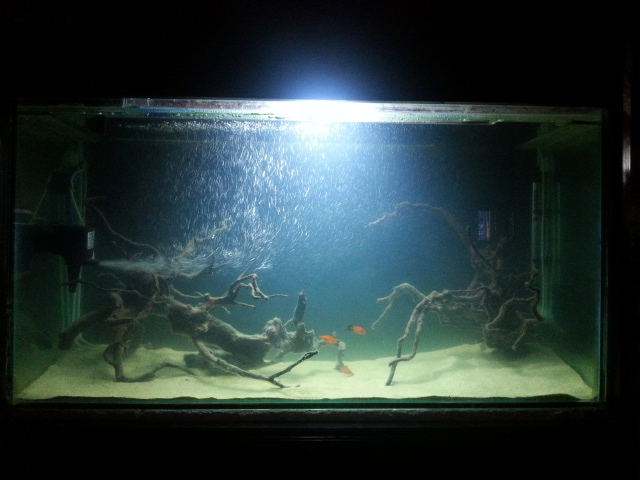 help with DISCUS
Question
My aquarium in process
Hello Sir
I am f
help with DISCUS
Question
My aquarium in process
Hello Sir
I am f
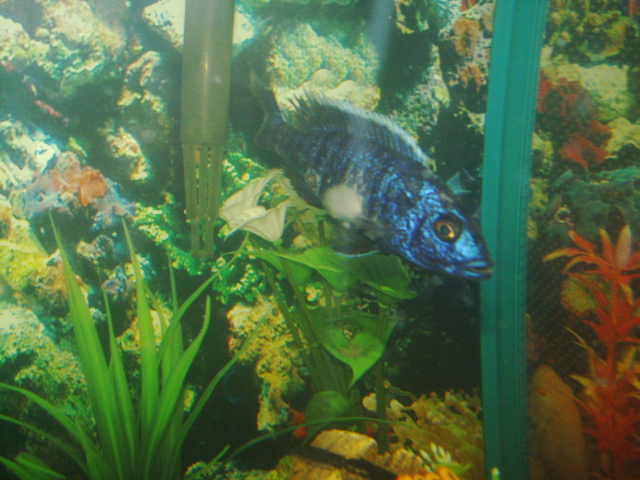 cichlid infection?
Question
Cichlid injured
one of my cichlid fish was bul
cichlid infection?
Question
Cichlid injured
one of my cichlid fish was bul
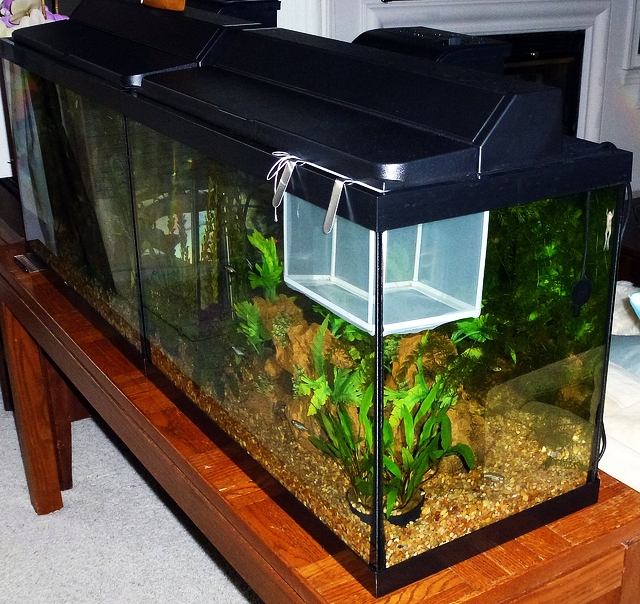 my molly had babies
QuestionI have an 39 gallon tank with 4 mollies 2 tetra
my molly had babies
QuestionI have an 39 gallon tank with 4 mollies 2 tetra
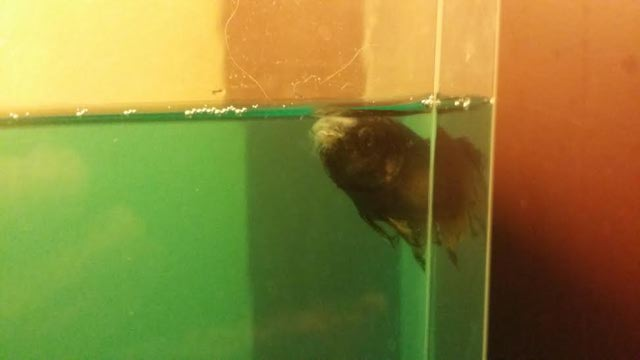 Betta with Mouth Fungus?
Question
Sick?
Hi I have a male betta with mouth
Betta with Mouth Fungus?
Question
Sick?
Hi I have a male betta with mouth
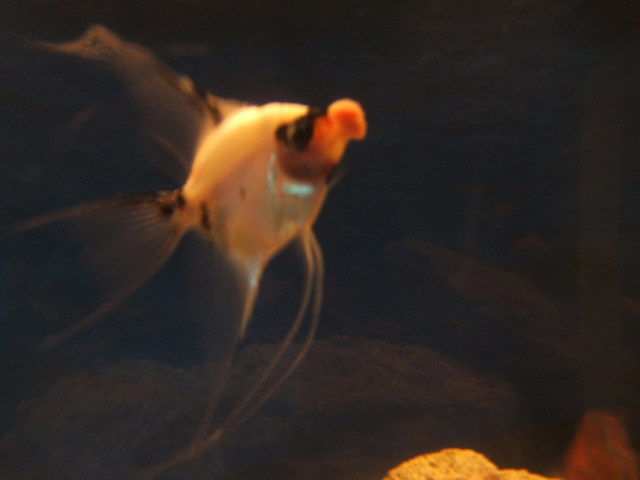 Sick angel fish
Question
Angel fish w/cauliflow
Is there any cure for m
Sick angel fish
Question
Angel fish w/cauliflow
Is there any cure for m